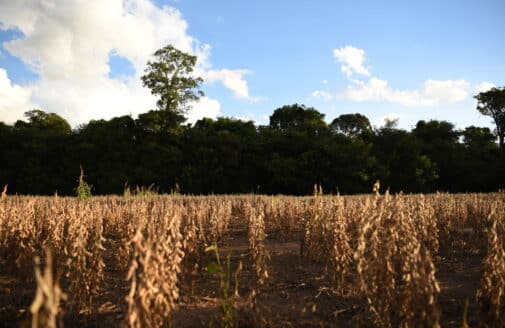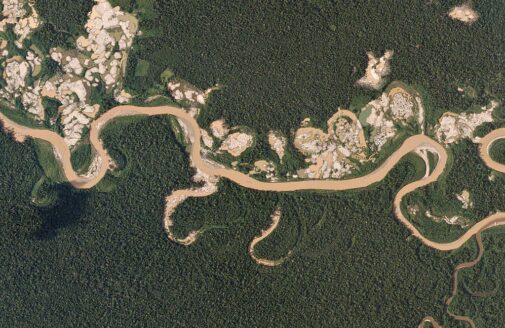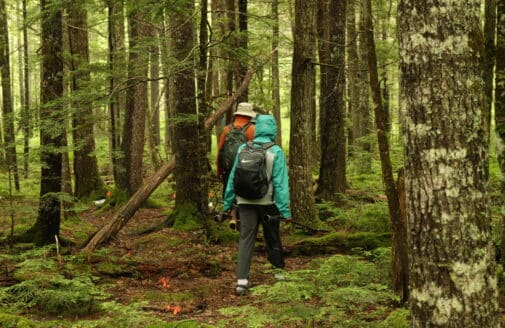Study: Protecting Amazon delivers bigger economic benefits than deforestation
[Updated 7/30/2020]
A study written by a team of Woodwell Climate and IPAM Amazônia scientists in late 2019 demonstrates how Brazil could achieve its economic goals and protect the Amazon by realigning incentives to enhance both forest conservation and agricultural production on existing farms. The study was published just days after Brazil announced Amazon deforestation has reached its highest level in a decade and has become one of the most read articles of the year for the journal Land Use Policy.
In 2019, Brazil announced 9,760 square kilometers were deforested, an area two-thirds the size of Connecticut. This announcement represented the largest deforestation amount since 2008.
Despite the promising findings of this study, year-to-date deforestation in 2020 is over 20% more than in 2019. The Brazilian Amazon is on track to experience the greatest amount of deforestation since the record high of 2005.
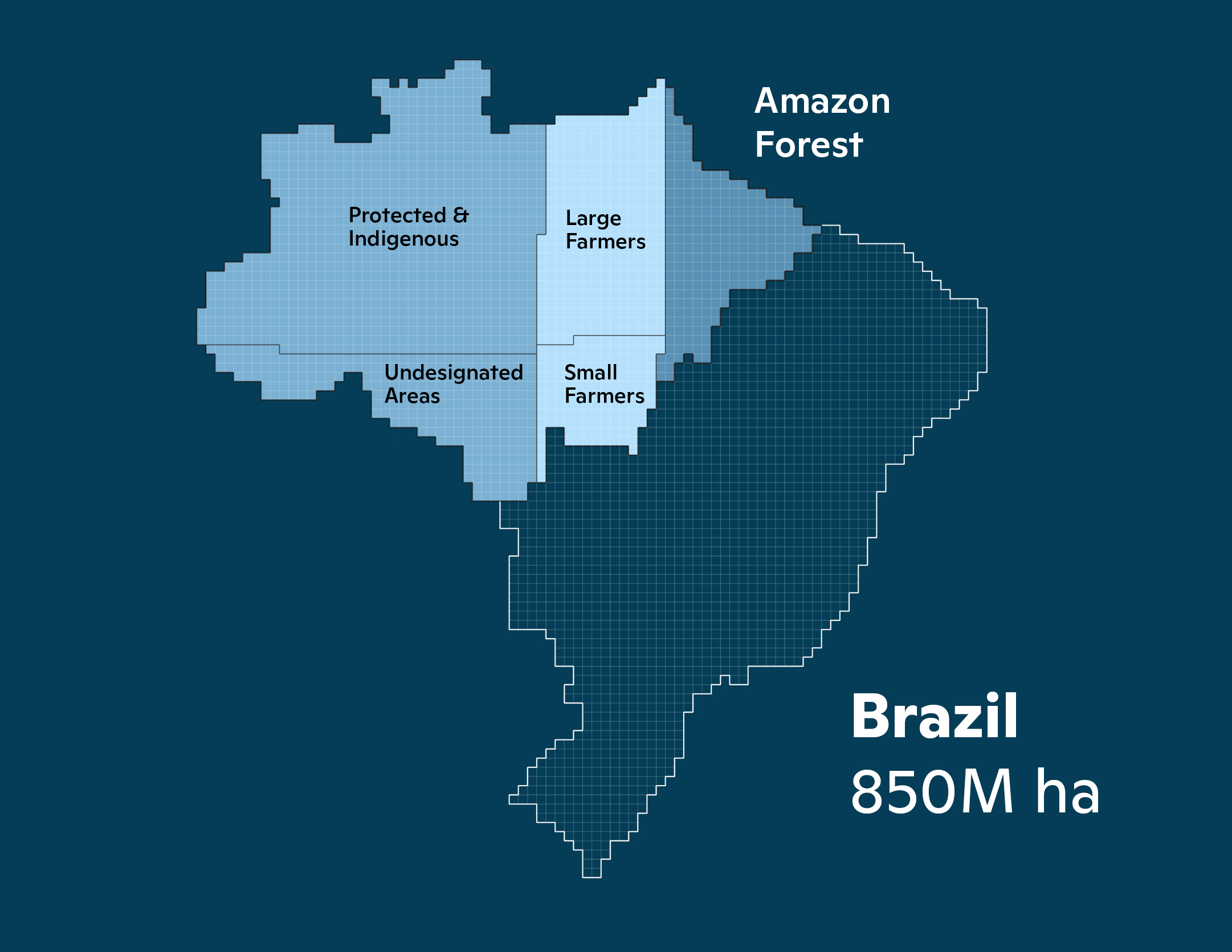
“[Woodwell Climate Research Center] and IPAM Amazônia have spent decades working with farmers, small land holders, and other stakeholders to understand what they need to improve their wellbeing, increase their production, and protect their forest,” said Dr. Michael Coe, Woodwell Climate Tropics Program Director and a co-author of the study.
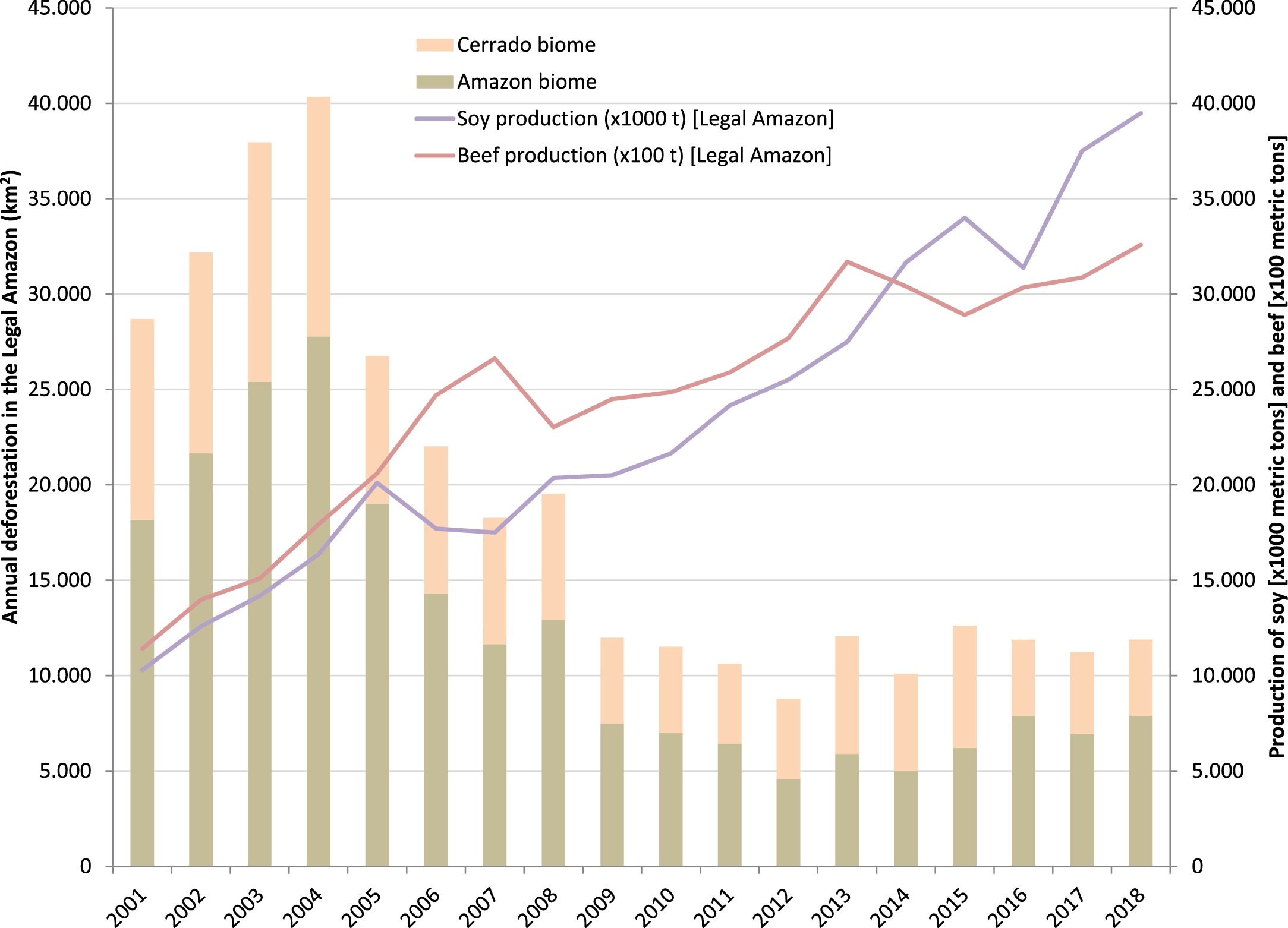
“Pitting agricultural growth and forest protection against one another might be a popular political strategy, but this study shows it is not a beneficial economic one. The policies we’re recommending are both affordable and achievable and would help Brazil’s economy avoid the massive international pressure that’s come with the historically large wave of deforestation that began in 2019.”
The study outlines four primary strategies to simultaneously reduce deforestation and increase both production and social wellbeing.
- Eliminate land grabbing and land speculation through designation of public forests.
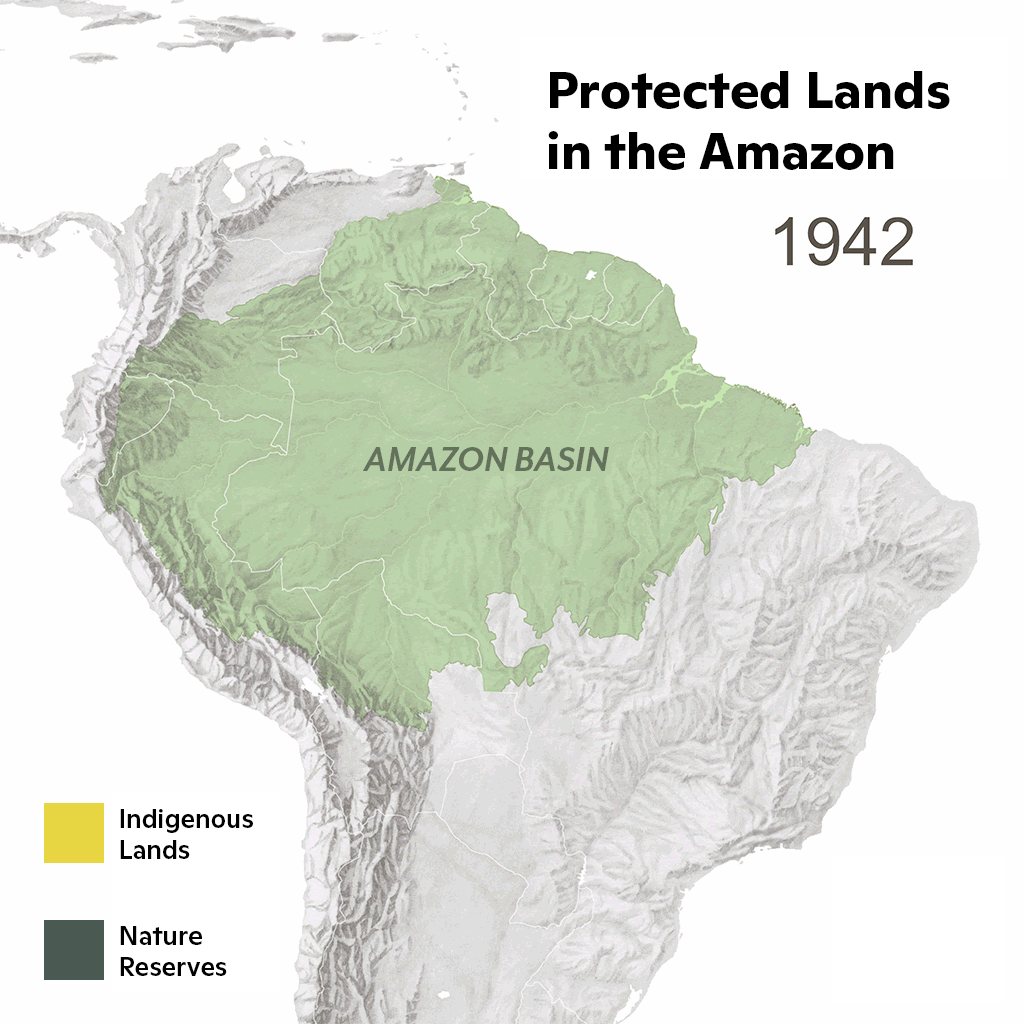
- Reduce deforestation on private properties by implementing existing mechanisms in Brazil’s Forest Code to facilitate payments for environmental services, with support from market initiatives for sustainable sourcing of agricultural products.
- Incentivize increased productivity on medium and large properties through targeted investments.
- Foster economic, environmental and social improvements through technical assistance to small farmers.
The Amazon has lost over 800,000 square kilometers of forest over the past 50 years, much of it to clear land for cattle pasture and crop production. As the global climate crisis causes the region to become warmer and drier, remaining forests face increasing stress from extreme events such as droughts and wildfires—but these forests are also the key to mitigating global climate change.
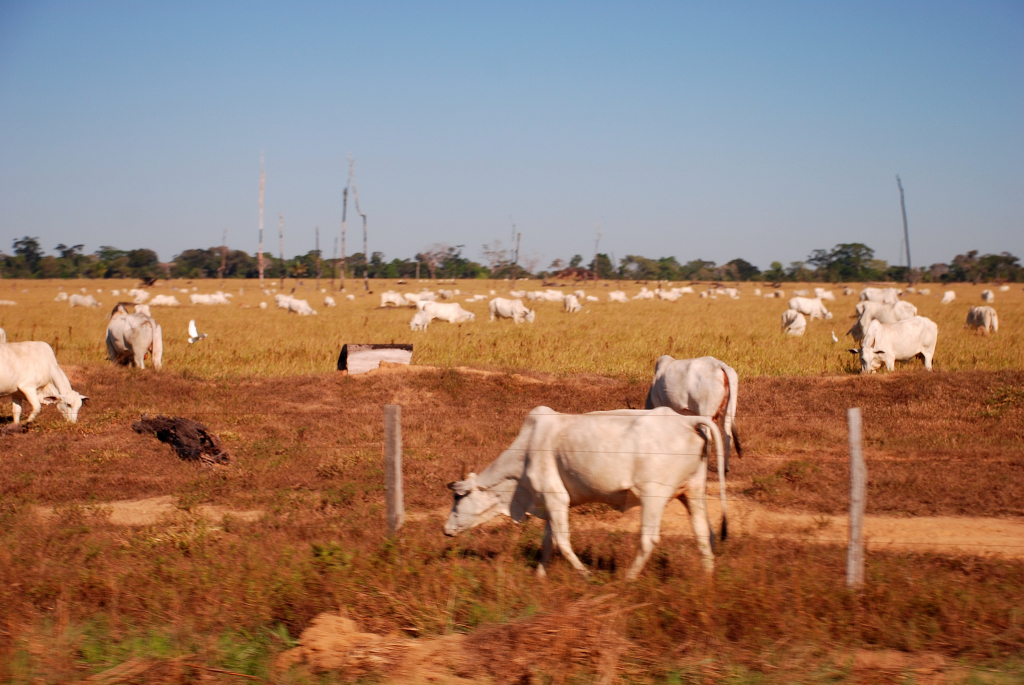
Above: Amazon Cattle / Flickr, Joelle Hernandez
“Conserving Amazon forests is a key part of the solution to climate change. When intact, these forests soak up and store excess carbon. The increase in deforestation since 2019 clearly shows that we are moving in the wrong direction,” noted Dr. Marcia Macedo, Woodwell Climate Water Program Director and a co-author of the study. “But by aligning science with strategic policy interventions, we can predict the potentially ruinous climate and economic impacts of continuing deforestation, clearly illustrate these findings for key decision makers, and help develop effective solutions.”
Up-to-date statistics on the amount of deforestation and fires in the Amazon created by Woodwell Climate can be found online at Amazon Outlook 2020.
Conserving Amazon forests is a key part of the solution to climate change.Dr. Marcia Macedo




